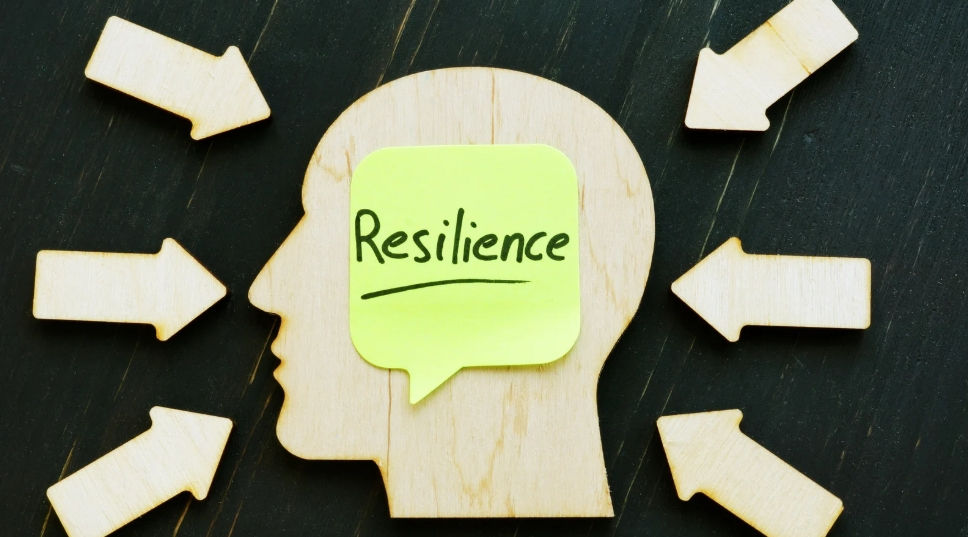Connect & Collaborate: The Science of Bringing Out the Best in Veterinary Teams
- Andi Davison LVT

- 3 days ago
- 3 min read

Think about someone on your team you struggle to connect with. Maybe it’s a new hire who isn’t holding themselves accountable, or a colleague whose perspective clashes with your own. These moments can feel frustrating, but the emotions behind them often point to something meaningful: you care. That care is what fuels our desire to understand, connect, and ultimately lead more effectively. In veterinary medicine, where emotions run high and collaboration is essential, learning how to communicate through curiosity and motivation can transform not only our relationships but also our culture.
Why Emotions and Assumptions Get in the Way
When emotions surface during a tough interaction, it’s because we’re invested. Yet those same emotions can cause our brains to jump into defense mode, creating stories and assumptions about others’ intentions. Researcher Sheila Heen, co-author of Difficult Conversations, suggests that if you must assume, assume you don’t know the other person’s intentions. Otherwise, we risk believing our own internal “Oscar-winning screenplay,” a narrative that casts us as the hero and everyone else as a supporting role.
Recognizing and testing these assumptions opens the door to more genuine, curious, and collaborative conversations, the kind that coaching communication helps us achieve.
The Power of Motivation: Extrinsic vs. Intrinsic
Motivation is the engine of human behavior, but not all motivation is created equal. Extrinsic motivation such as bonuses, recognition, or external pressure can be effective in the short term. Intrinsic motivation, however, comes from within. It’s the satisfaction of knowing your work has meaning, that you’re growing, and that your contributions matter.
Psychologists Edward Deci and Richard Ryan’s Self-Determination Theory identifies three elements that drive intrinsic motivation:
Autonomy – The freedom to make choices and have a voice.
Connection – Feeling valued and linked to others and the mission.
Competence – Having the tools and skills needed to succeed.
When we nurture these elements, people “want to want” to do the work, not just because they have to. Balancing extrinsic motivators with intrinsic ones fuels vitality, engagement, and teamwork.
The GROW Model: A Framework for Productive Conversations
One of the most practical ways to bring coaching communication into daily life is through the GROW Model, developed by Sir John Whitmore:
G – Goal: What do you want to achieve?
R – Reality: What’s really happening right now?
O – Options: What could you do to move forward?
W – Will: What will you do next?
This model helps both parties explore, reflect, and take ownership of solutions. In a busy hospital setting, it shifts the tone from directive (“Here’s what you need to do”) to collaborative (“How can we make this work together?”).
Cultivating a Coaching Mindset
Coaching communication starts with mindset. It’s built on positive beliefs about others, that they are capable, well-intentioned, and deserving of respect. This approach shares power instead of hoarding it, creating psychological safety and energy for problem-solving.
Simple phrasing shifts can make a big difference:
Instead of “I need to see you in my office,” try “Would you like to meet now or later this afternoon?”
Instead of correcting in the moment, acknowledge the need and schedule time to discuss privately, then follow through.
A coaching mindset doesn’t mean you stop directing altogether; it means you choose curiosity when it counts most.
Two Essential Coaching Skills: Reflective Listening and Curiosity
Reflective listening is more than hearing. It’s confirming understanding and showing someone they’ve been heard. Phrases like “What I’m hearing is…” or “Do I have that right?” build safety and connection.
Curiosity is the superpower that elevates these conversations. Instead of small “little-c” questions that prompt yes/no answers (“Do you understand the new protocol?”), use “big-C” questions that invite exploration:
“What challenges might come up as we implement this new protocol?”
“What support would help you feel more confident?”
Curiosity fuels clarity, empowerment, and trust, three essentials for thriving veterinary teams.
Putting It All Together
Bringing a coaching approach to communication doesn’t happen overnight. It takes practice, awkward starts, and a willingness to pause, listen, and ask better questions. Remember: silence can be your ally. Reflection can be your guide. Curiosity can be your bridge.
When we choose curiosity over assumption and collaboration over control, we strengthen not only our teams but also the care we deliver to every patient and client.
Continue Your Learning
Want to explore these ideas further and see them in action?
Watch Connect & Collaborate: The Science of Coaching & Bringing Out the Best in Veterinary Teams, a practical, inspiring session for veterinary professionals who want to lead with curiosity, motivation, and connection.
👉 Watch On Demand Now: https://academy.flourish.vet/courses/connect-collaborate-the-science-of-coaching-bringing-out-the-best-in-veterinary-teams--96d958eb-52bf-418c-a918-2527a73cb958/salespage?priceId=price-WI9g1VTCt0-YGt361vF57Q




Comments